
Plump with hopes, cannabis seeds cloistered within the sticky resinous seedpods, and if unplanned, like any other offspring…can be met with a slightly less than overwhelming response – when they are first observed. Unexpected pot seeds tend to ruin someone’s idealistic thought process, of how easy it is to grow marijuana, like any young female that is ripe for carrying offspring, if not properly protected; things can get out of hand fast. Yet when pollination is planned, and seeds are expected, they offer the skilled cultivator a consistent genetic strain, more robust flower, and the possibility to make their mark in the cannabis cultivation community by manipulating genetics and creating a super bud.
When skilled cultivators take the time to start their crops from seed, rather than clone. They tend to have a more vested love and interest in the flower that they create, proud that this massive female with huge sticky, dank colas were generated by seed. And rightfully so, growing weed from seeds takes time, patients and a deep knowledge of cross-pollination.
As most cultivators who tend to choose clones do so as a means of capturing and maintaining specific genetic traits. One of the disadvantages is that the mother plant of these clones tends to begin to mutate over many generations of cloning, due to their prolonged vegetative growth. There are more than a handful of growers who also believe that, as the mother peels off consecutive generations of little girls, the clones themselves tend to decrease in potency.
Conversely, a consistent generation of freshly cultivated seeds allows for a greater stability and influx of new genetics to better help maintain a high potency and distinct flavor.
In addition to the genetic stability of your medical marijuana crop, one of the more prominent reasons that cannabis seed cultivators give for choosing to grow from seeds, is that they tend to create generally healthier plants. When purchasing clones from the many marijuana collectives that sell them, there is a 50-50 chance that you might bring home some unwanted guests. These guests can run the gambit, from spider mites, thrips or powdery mildew – or a host of other diseases that can easily go undetected.
For those old-school cultivators, generating their own seeds for their specific locations is incredibly important. As the individual outdoor grower knows, each climate and the sub microclimate that exists within a very small geographical area can require different traits in order to produce a healthy flower in the late autumn months of October and November, without suffering mold.
Check out our seed section:


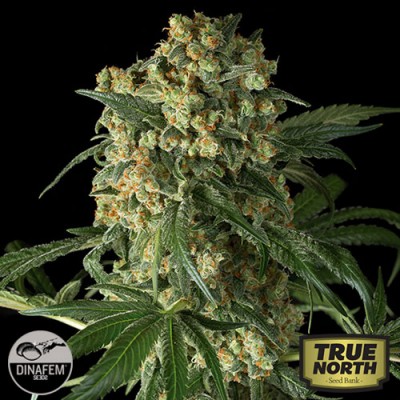
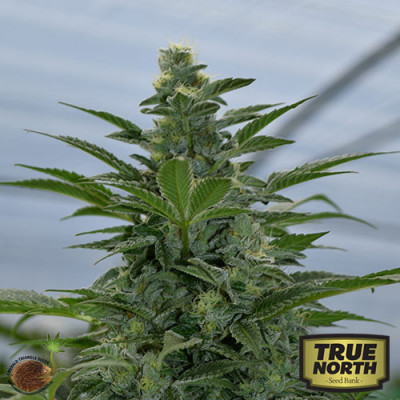
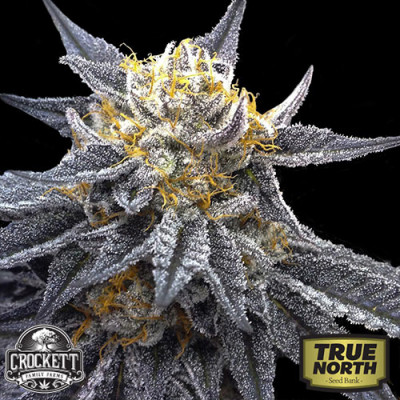
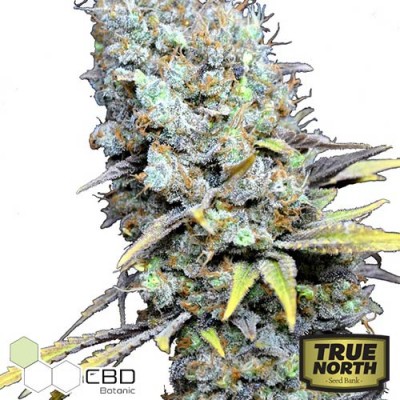
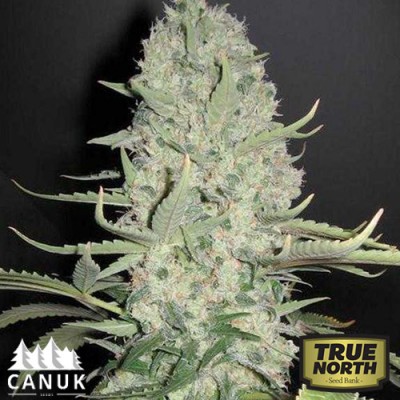
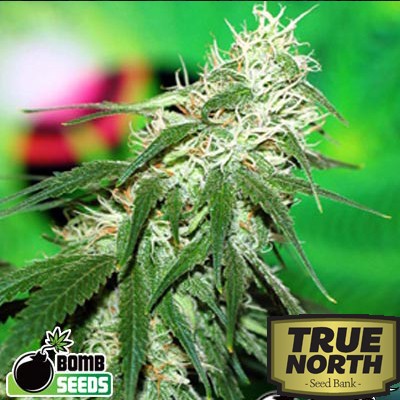
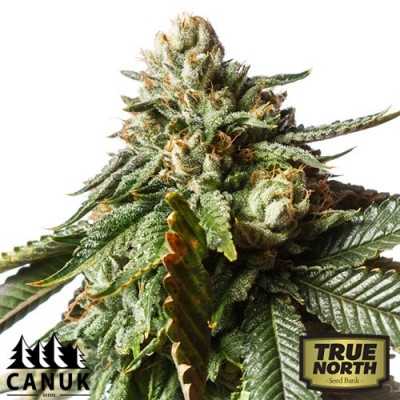
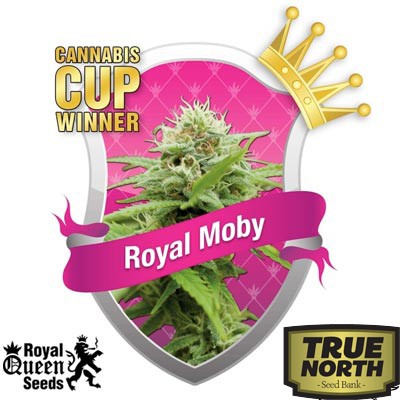
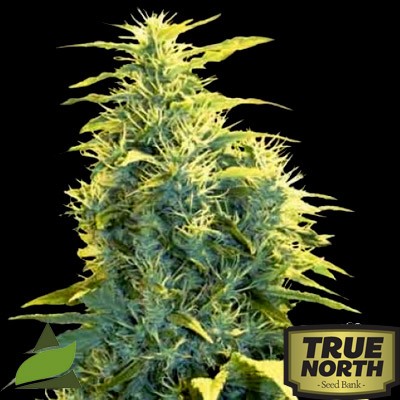
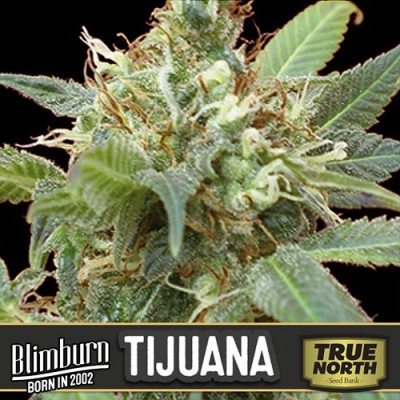

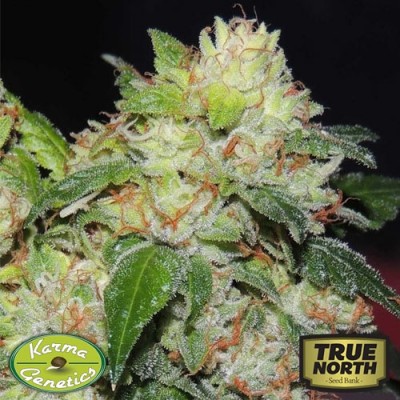
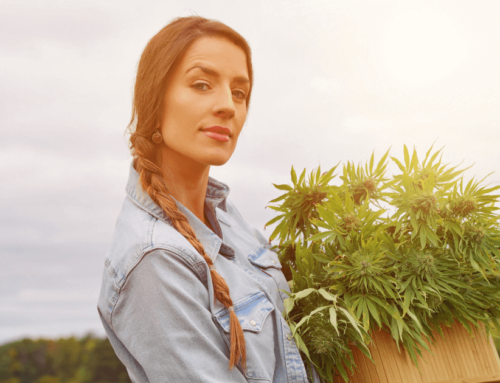
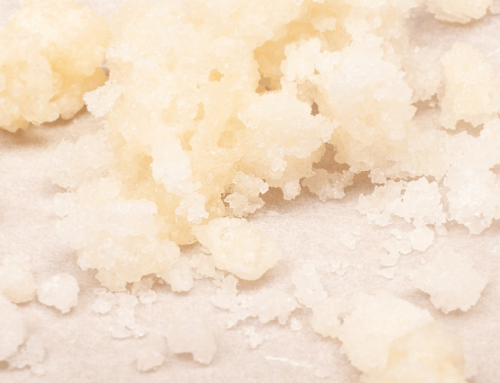
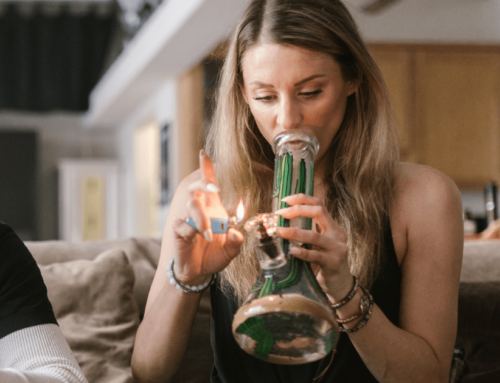
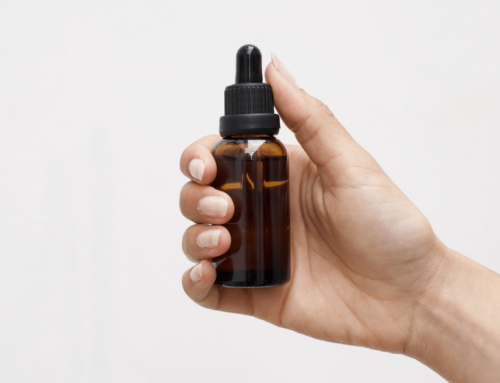
Leave A Comment